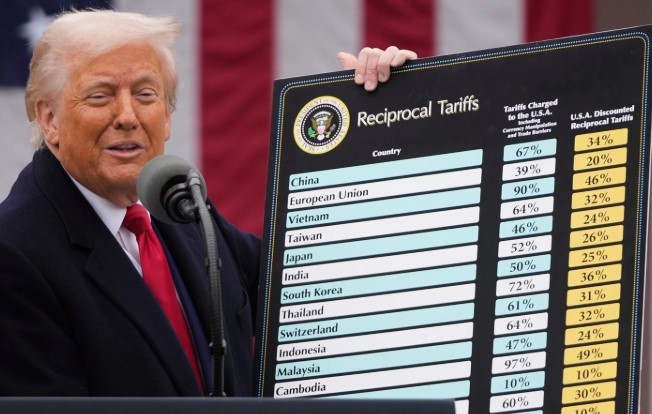President Donald Trump announced on Tuesday that his administration has reached a sweeping trade agreement with Japan, slashing U.S. tariffs on Japanese imports to 15%. The move marks a dramatic shift from the previously threatened rates of 24% and 25%, and follows months of pressure from the Trump administration on global trading partners.
Taking to Truth Social, Trump described the deal as a “tremendous win” for American trade policy. The new 15% tariff is still significantly higher than the pre-Trump effective rate of under 2%, according to World Bank data, but represents a compromise compared to earlier threats.
Japanese Prime Minister Shigeru Ishiba confirmed the agreement at a press conference in Tokyo on Wednesday, calling it “the lowest rate so far” among countries maintaining a trade surplus with the United States.
“We have exerted all our efforts to protect our national interests,” Ishiba stated. “Among the countries that have a trade surplus with the United States, we have achieved the greatest results.”
The deal arrives just ahead of Trump’s 1 August deadline for countries to reach trade agreements or face increased tariffs. Though previous deadlines have been pushed back, Treasury Secretary Scott Bessent told Fox Business Network that this one is a “pretty hard deadline.”
Since what the Trump administration dubbed “Liberation Day” on 2 April, when the president began issuing tariff ultimatums, the U.S. has yet to finalise any formal trade deals. Instead, several framework agreements have been signed, including this latest pact with Japan, which could develop into a fully-fledged agreement.
Japan, the fifth-largest exporter to the United States last year, with nearly $150 billion worth of goods sold to American buyers, has worked feverishly to avoid Trump’s escalating tariffs. Its lead trade negotiator has reportedly visited Washington eight times in recent months, most recently on Monday, for a two-hour meeting with Commerce Secretary Howard Lutnick.
Under the terms of the agreement, Trump claimed that Japan will “invest, at my direction, $550 Billion Dollars into the United States, which will receive 90% of the Profits.” The specifics of how such an investment would function remain unclear. Japan is already the largest foreign investor in the U.S., with $754.1 billion in direct investment last year, according to the U.S. Bureau of Economic Analysis.
Speaking later on Tuesday at an event with congressional Republicans, Trump celebrated the agreement, saying: “The tariffs kicked in better than anybody other than me and a few of the people in the room thought could happen.”
He also announced that Japan and the U.S. will form a joint venture focused on liquefied natural gas development in Alaska.
The deal comes during a politically precarious period for Prime Minister Ishiba, whose Liberal Democratic Party recently lost both houses of parliament. Despite this, he has vowed to remain in office to address ongoing economic challenges.
In a surprising shift just weeks ago, Trump had appeared pessimistic about the likelihood of a deal. “The Japanese are tough,” he said on 16 June, “but ultimately you have to understand we’re just going to send a letter saying, ‘This is what you’re going to pay, otherwise you don’t have to do business with us.’ But there’s a chance.”
In a separate development, Trump recently approved a delayed takeover of U.S. Steel by Japan’s Nippon Steel. The agreement includes a $14 billion investment and the creation of at least 70,000 jobs, a figure later revised to 100,000 to include direct, indirect, and induced employment.



